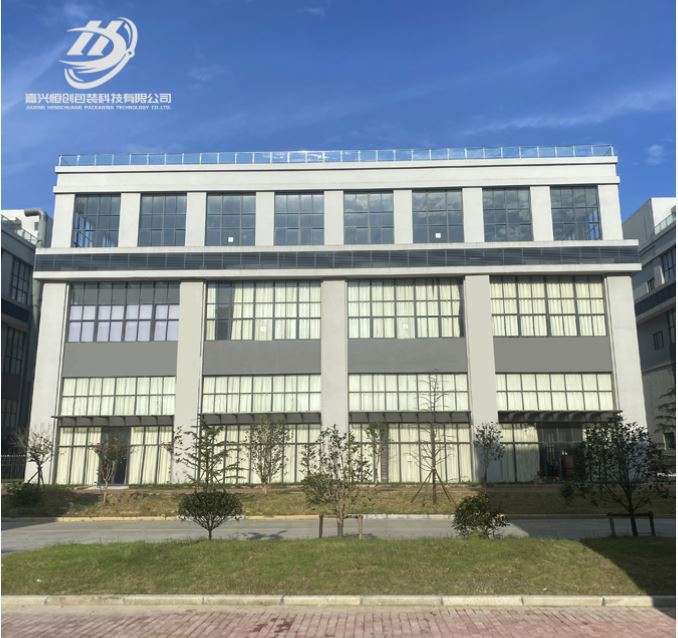Jiaxing Hengchuang Packaging Technology Co., Ltd.
2-layer color printing film-coated half-folding carton packaging box
Nano-Enabled Active Packaging: Nanotechnology allows the development of active packaging solutions that release or absorb specific substances to modify the food's environment inside the package. For example, nanoparticles can scavenge oxygen or release antimicrobial agents to maintain food freshness.
Transparent and Lightweight Films: Nanoparticles can be used to create transparent and lightweight packaging films. This enables consumers to see the product without opening the package and reduces the overall material usage, leading to resource savings.
Electronic product packaging paper box
Outer Box: The main outer box serves as the primary container for the LED bulb and its accompanying components. It is typically made of cardboard or other durable materials to protect the bulb during transportation and storage.
Internal Trays or Holders: Many LED bulb packaging boxes include internal trays or holders that securely hold the bulb in place within the box. These trays prevent the bulb from moving or getting damaged during shipping.
Exquisite Dragon Boat Festival paper packaging box
Brand Logo and Graphics: LED bulb packaging typically includes the brand logo, graphics, and design elements that represent the brand identity. These elements help customers identify the product and its manufacturer.
Usage Instructions: Some packaging boxes include usage instructions or installation guides to help customers properly install and use the LED bulb.
Barcodes and QR Codes: Barcodes and QR codes may be present on the packaging for inventory and tracking purposes, as well as for providing access to online product information.
